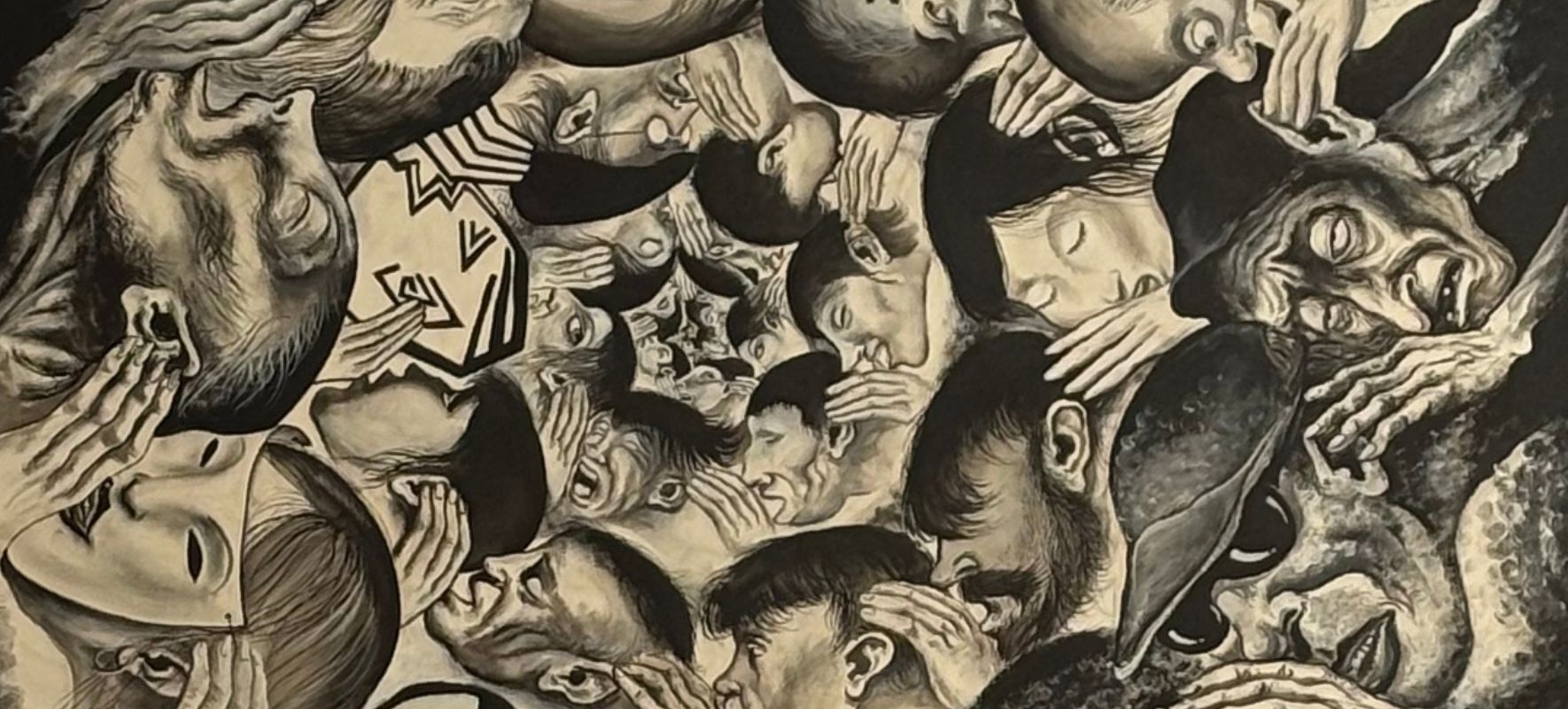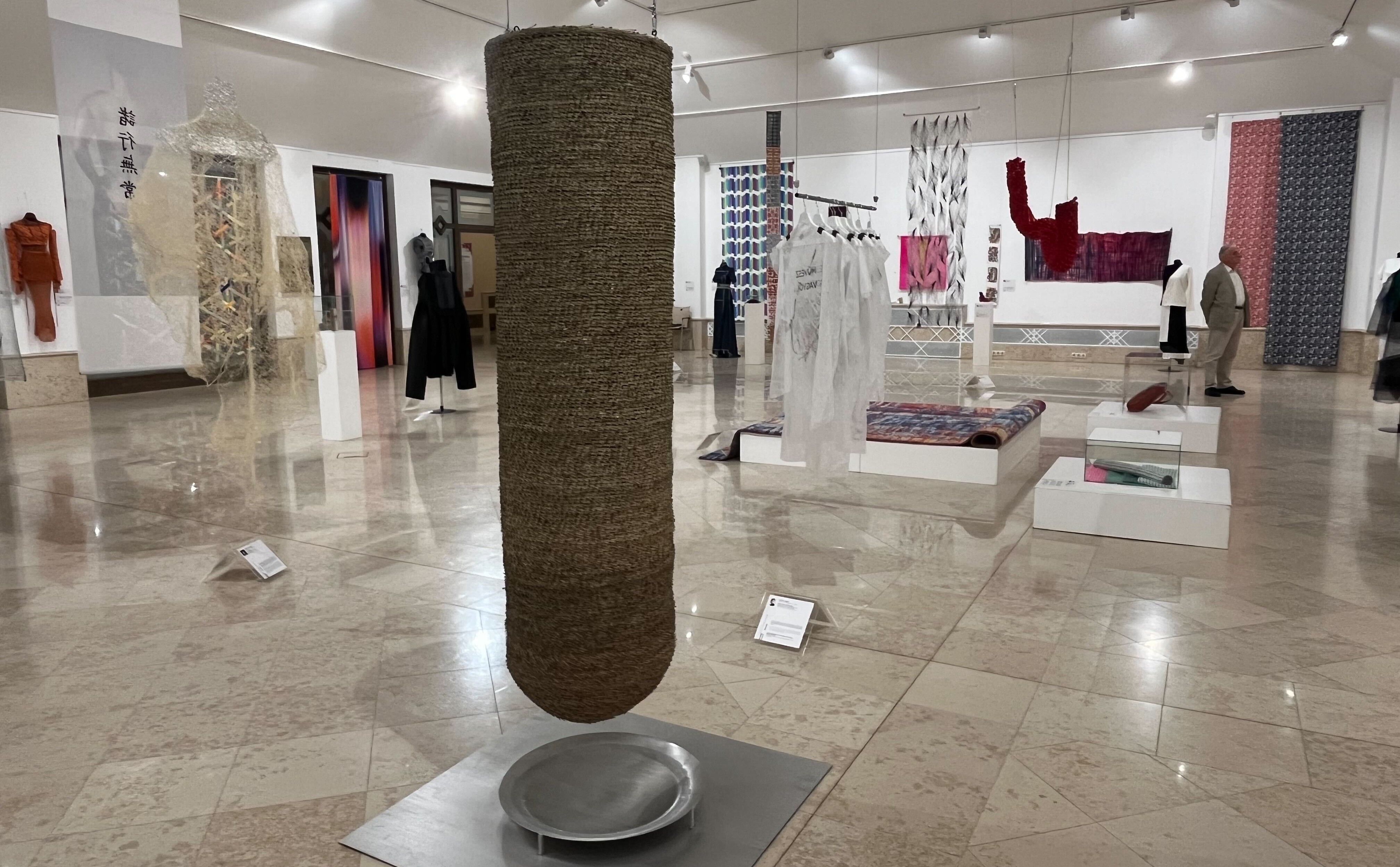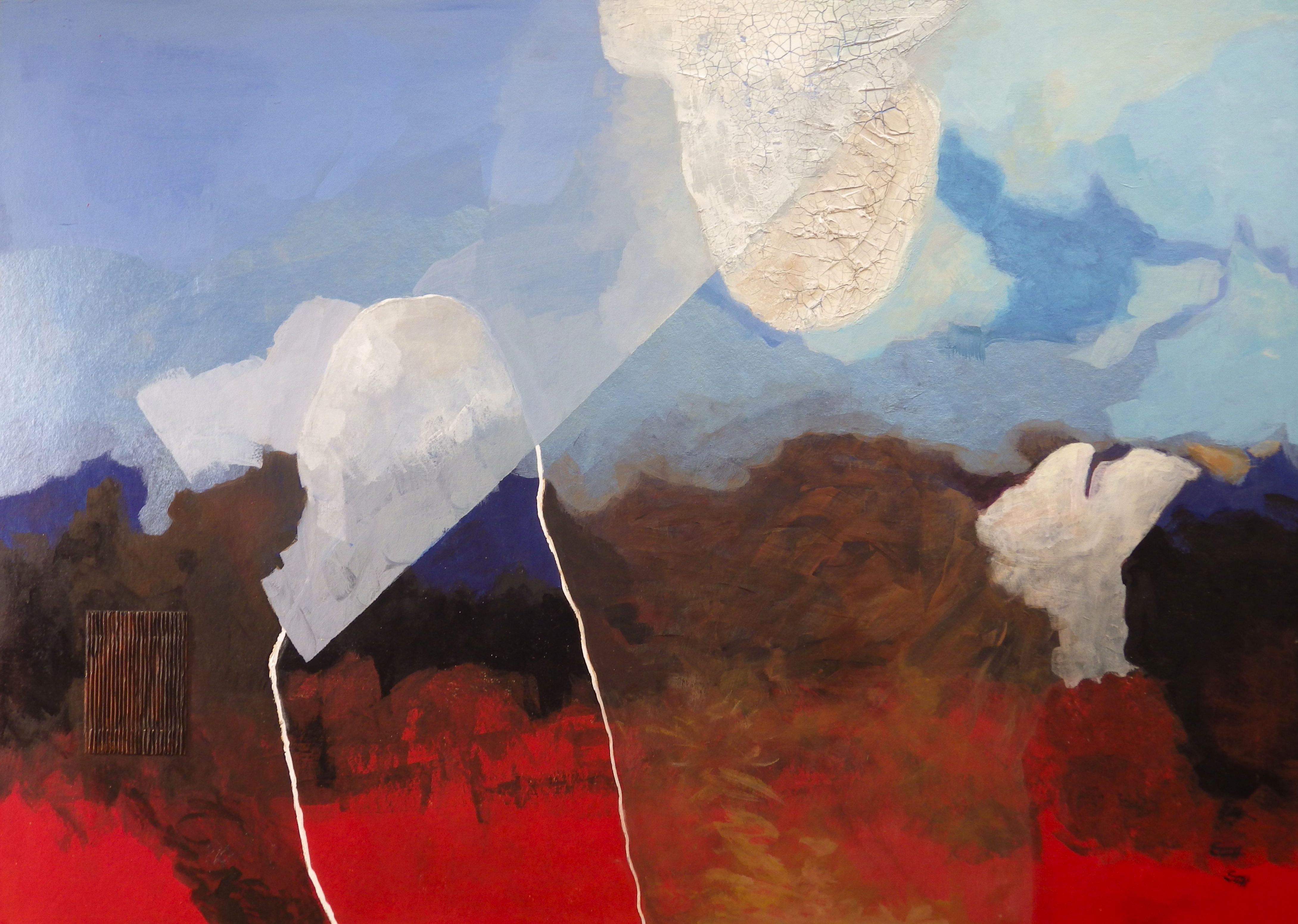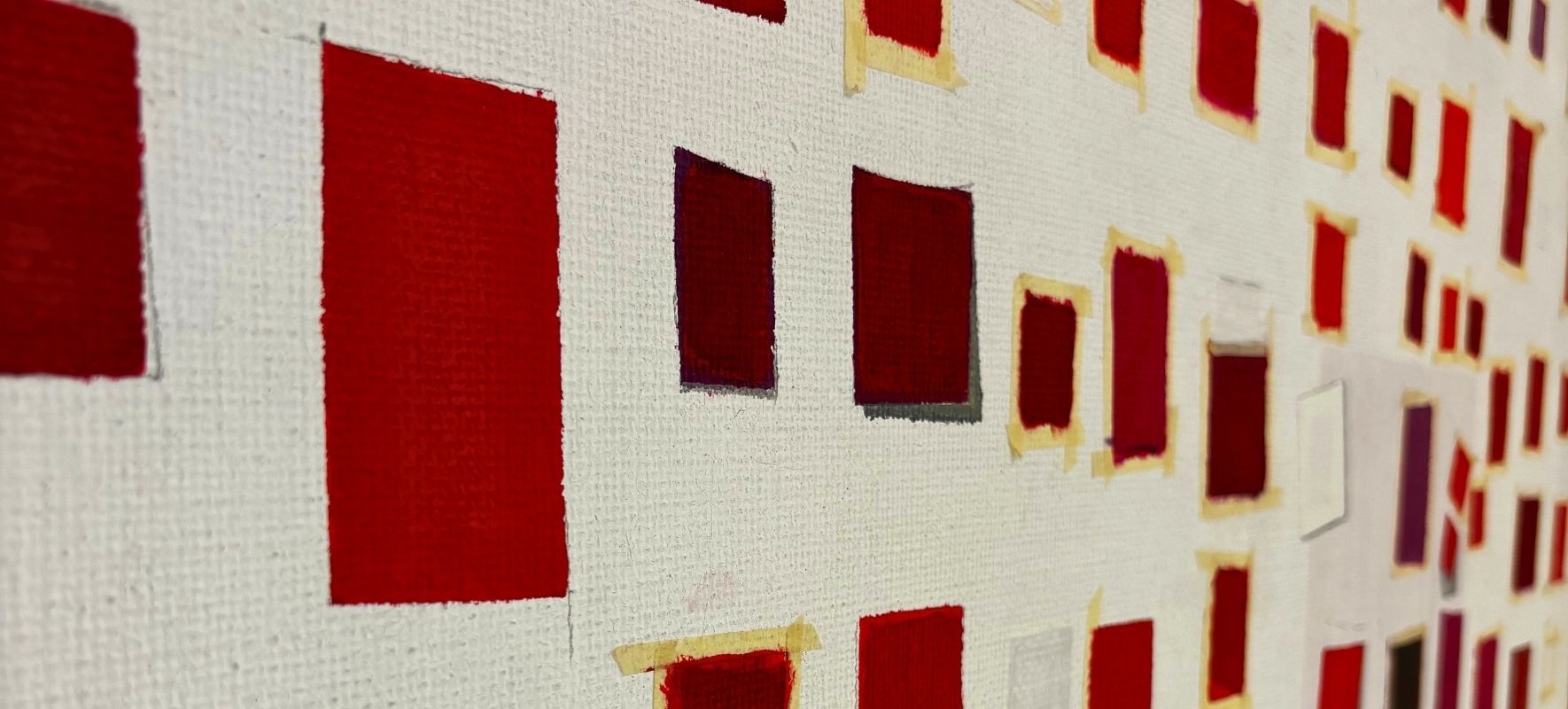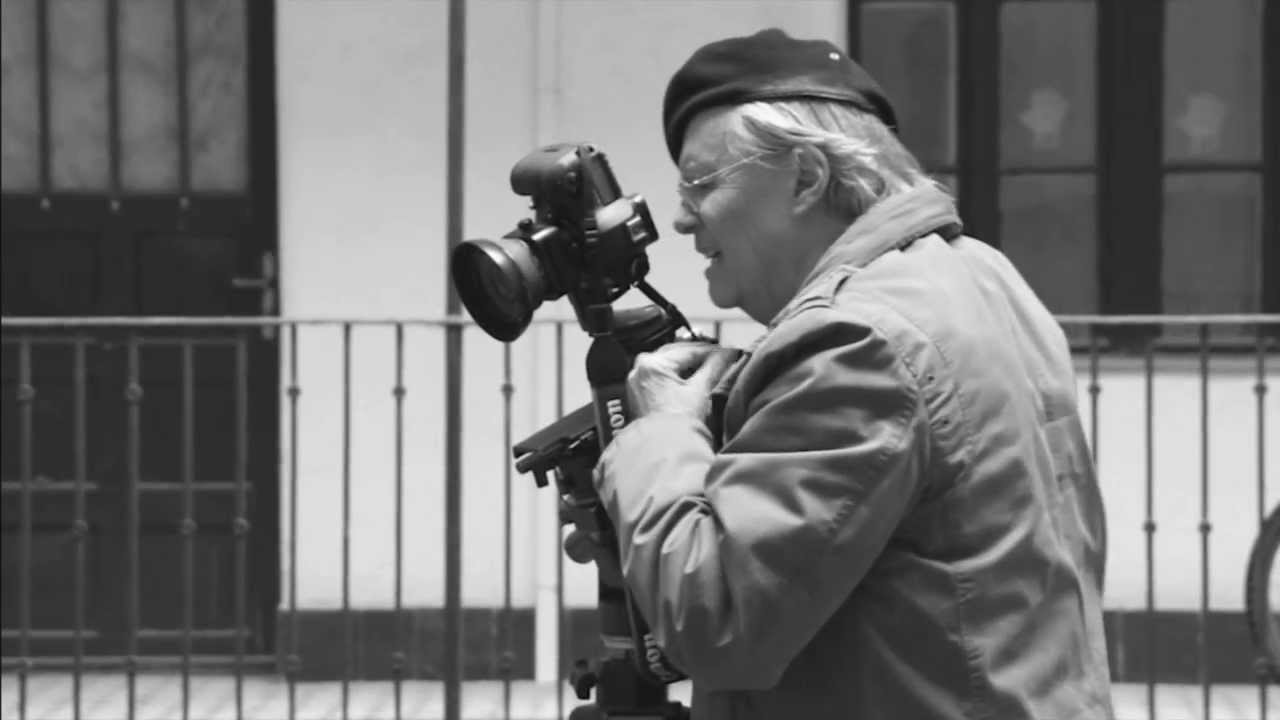
Interview with Regular Member of the Hungarian Academy of Arts, former Member of the Board of the Association of Hungarian Photographers, photographic artist László Haris about the project "Photo Month" to be organised this autumn.
How did you become a photographic artist? How does one become entangled in photography and how does one fall in love with it?
It is likely that there are more ways to do so depending on the person involved. I do not think one can discover any regularity in this "love affair". Anyway, one's attraction to gadgets is already visible at an early age but there is another question: Whether a person who is interested in gadgets becomes a technical geek who is well-versed in using photo equipment and technology but their artworks are useless creations still remains a question at that time and at that point. Being an artist is a profession that can and must be pursued only if one finds this creative activity extremely important. The person who perseveres and carries on despite all difficulties will finally end up as an artist.
We have five children and many of our friends and acquaintances ask: "Are your children good at photography?" What I typically say as an answer is that "they do have cameras but I cannot judge their talents". In fact, the best thing one can do if one is asked about the talent of a child who is still developing and is still seeking his own ways of expression is as follows: one should not encourage such children to imitate anybody else but they should be encouraged to find the way and manner of expression that are really theirs. If one is endowed with artistic talent, they will become artists even if their parents would not like them to become artists. The good parental attitude is if the child is not trying to produce artworks because they have been suggested to do so by their parents, because in that case the child may not even realise that it would have been better not to start this venture at all. There are numerous artists experiencing this sad situation.
How can one tell about a photo if the given artwork is of artistic quality?
The image itself must speak to the audience. If the photo is not capable of doing so, then the image may well be a technically perfect artwork but it will not be important or relevant. It is vital to realise that "speaking" is not related to the artist but to the actual artwork. Hórusz Archives, which is a collection by Kossuth Award winning Hungarian cinematographer Sándor Kardos, features only useless and discarded photos: the owners were to throw away these images as they were not important to them. This collection hosts an incredible number of ingenious images whose photographers are unknown. If the image captures a special magic moment, then this is the unique feature and attribute of the photo itself. Artists are likely to take such photos more frequently but it is not impossible that somebody who has not been engaged in photography or art will still capture a brilliant image. A very special gift photography has presented humankind with is that even a person who has minimal knowledge about the technical aspects of this field of art can also prepare a genuine and excellent artwork. The situation of a pianist, for example, is much worse: it is very sad to think about and try to count how many really gifted potential violinists were lost to the world just because they did not have the opportunity to learn to play the instrument.
You held your first exhibition fifty years ago. On the occasion of this showcasing, art critic Csaba Sik wrote the following about you: "László Haris is a painter who works not with a brush but with a camera". Why do you think he wrote this about you?
I have always been deeply interested in photography but it was in a fine artists' circle that I became the member of a lively and intellectually interesting society. The way it happened was that back then I started to get acquainted with artists belonging to Szürenon Group and for decades I exhibited my works jointly with them. My photos are more like works of fine art but I am inclined to believe that photographic art is also part of fine art but it uses different means to express itself. What a difference there is even between the diverse fields of fine art: the work of a sculptor preparing a bronze statue is very different from that of an artist preparing ink drawings. The difference between fine art and my works is in fact not greater: it is only that I prepare my artwork using a camera.
Some of your works feature enlarged images of paintings by your fellow artists. How did this idea evolve?
I have always had friends in fine art circles. I observed these works and discovered that a work of fine art can be observed just like one can observe the world itself. It is exactly what Ansel Adams started out with: he captured wonderful parts of the natural world, e.g. the Grand Canyon, and because he took these photos these images became artworks. This is the experience I discovered when I explored and observed the details of these paintings, and when I was moved by a detail, I simply captured it. This process is actually independent of the image and its creator.
How did the idea behind the Association of Hungarian Photographers' project entitled "Photo Month" realise?
One can draw attention to photography's situation of neglect if there is an intensive period during which even those can be spoken and communicated to who are not much interested in photography or photos. Exhibitions keep opening continuously but during a special intensive period dedicated to photography we can more easily reach out to the audience, and exhibitions will also get more limelight and attention.
Do you think photography is a neglected field in Hungary?
Photography started to gain equal rights in the 1940 and 1950s. Historians date this to 1944 because it was in that year that Ansel Adams' lifework exhibition opened in the New York based Museum of Modern Arts. This was the first occasion that a living photographic artist had staged his own show at an exhibition hall specifically dedicated to fine arts. In those years, Europe was in the middle of World War II and soon the continent was to repair all damage caused by the war. This resulted in some delay in Europe's interest in photography. Awaking in Europe concerning photographic art started only towards the end of the 1940s: museums started to show interest in photos, and this prompted the teaching of the history of photography at a university level; also the science of photo-museology was to be created, then photo restorers had to be trained and employed. This means that all this was to be structured scientifically and this took about 20–25 years in the world. In Hungary, this development came later as it was only as late as in the middle of the 1980s that photographic art was taught at a college level. The situation has been improving in Hungary since then but making up for the lost 35–40 years takes much time and is a long process. The current prices of artworks by fine artists and photographic artists are identical, but there is still need for increase in demand for photographic works and there is also space for even more well-functioning galleries.
How is the Hungarian Academy of Arts planning to join the initiative of "Photo Month"?
According to my plans, those members of the Section of Film and Photography who work in the field of photography will have a joint exhibition with photographic artists attending the three-year-long training programme of the Art Bursary Programme granted by the Hungarian Academy of Arts' Research Institute of Art Theory and Methodology. In fact, those participants who were granted scholarships in the first year will finish the programme next year. Those were eligible to such scholarships who had been in this profession for several years or even for several decades and who could present career paths supported by significant references. This joint exhibition will also present us with very useful feedback: we will see where we are in this process, and how much more educated and skilled our scholarship recipients have become.
Interview by Árpád Lesti

